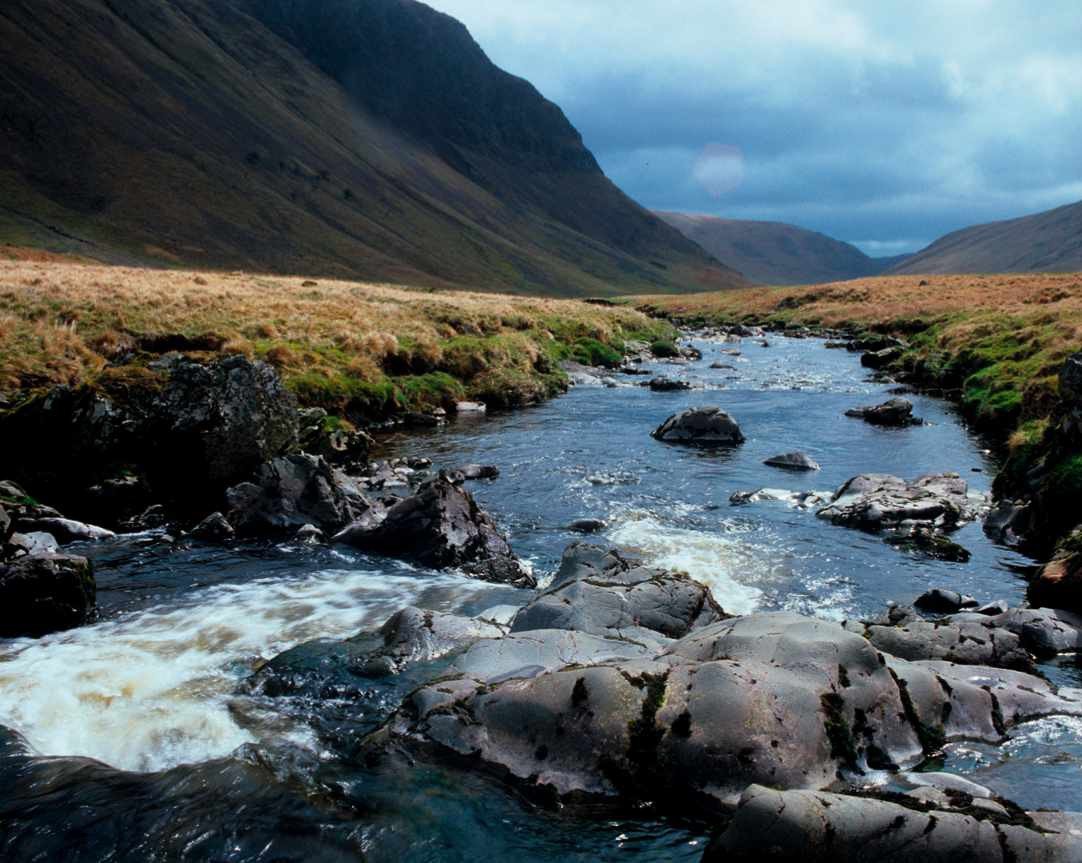
The Nation’s Favourite Place for Wildlife
THE RESULTS
In January, BBC Wildlife magazine celebrated its 60th birthday. To mark this special milestone, we asked 60 people from our wonderful network of conservationists, writers, presenters and photographers to share their favourite places for wildlife in the UK. The array of locations up and down the country – from lofty hills to spectacular seas – were then put to a public vote. With the results in and counted, we can now reveal the nation’s favourite place for wildlife. Drum roll, please…
The 10 regional finalists
Scotland: Scaur Glen, Dumfriesshire (above)
Nominated by Juliet Vickery, BTO
“The Scaur rises in Polskeoch on the Southern Upland Way, bubbles through moorland, meanders through pasture and tumbles through woodland to Penpont. I spent three summers here for my PhD; 35 years later, summer still draws me back.”
Wales: RSPB Ynys-hir, Ceredigion
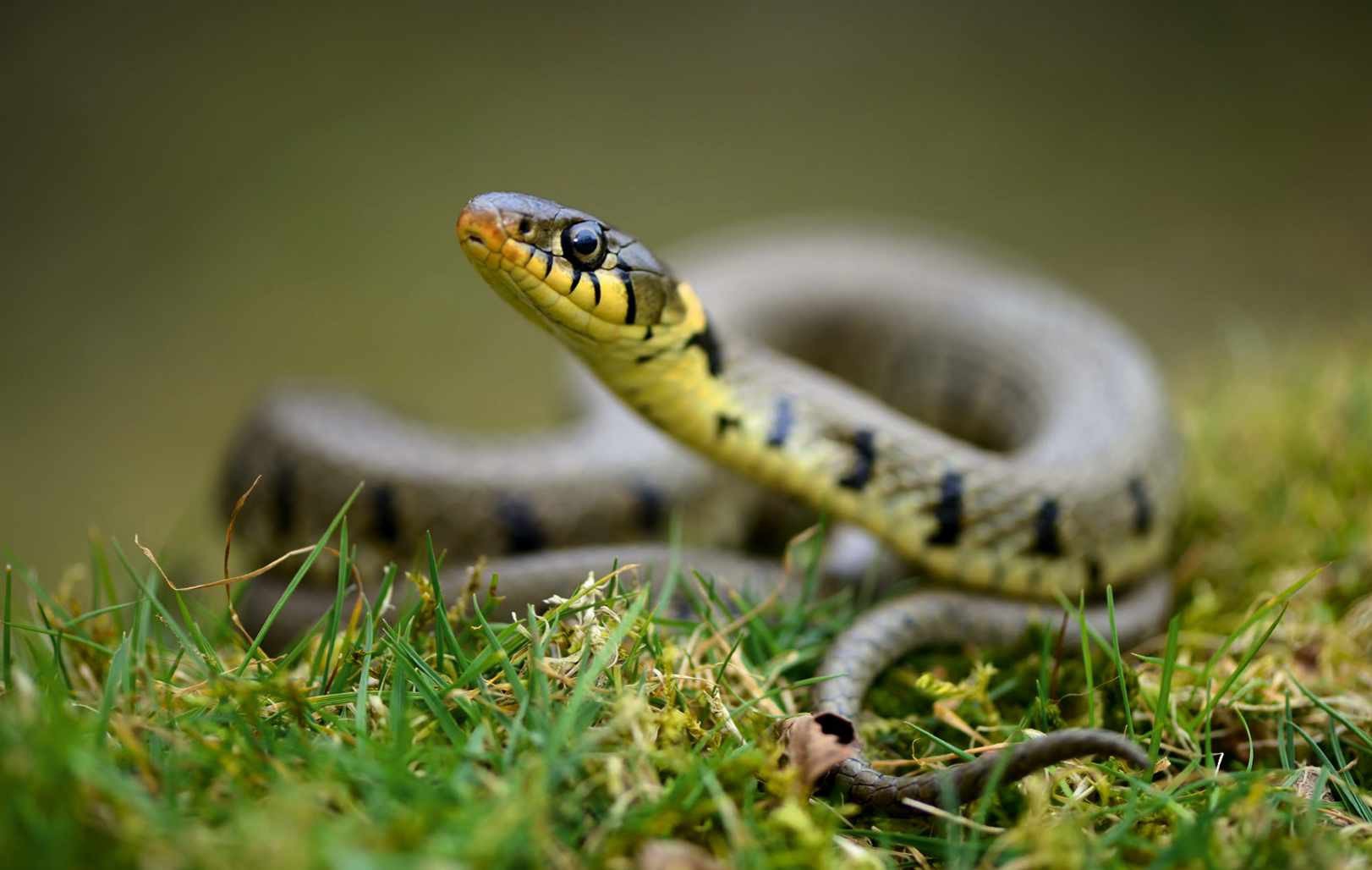
Nominated by Martin Hughes-Games, BBC presenter
“Of all the places I visited in my 10 years co-presenting Springwatch, this is the most memorable. The scenery is spectacular, and every day I was plunged into a world teeming with wildlife, including, to name a few stars, otters, hen harriers and grass snakes.”
Northern Ireland: The Causeway Coast
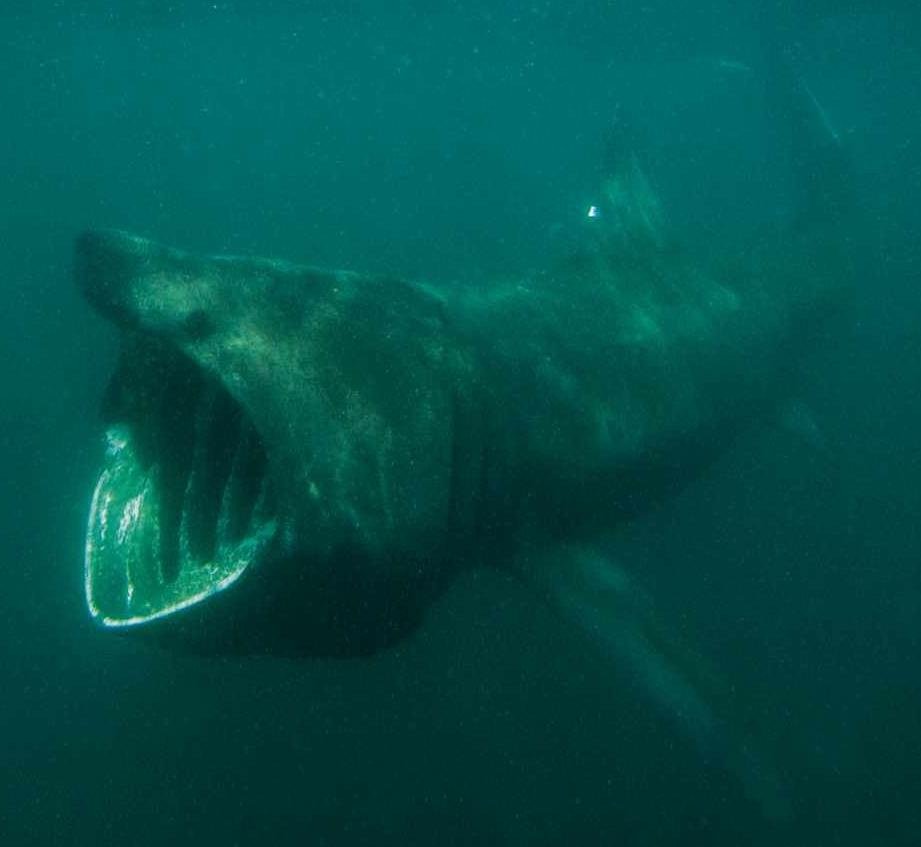
Nominated by Tara Shine, environmental scientist and science communicator
“The Causeway Coast is a wild place of outstanding natural beauty, with dunes, cliffs and, of course, the amazing rock formations of the Giant’s Causeway. I’ve spent some of my most memorable days exploring the sea here – it enthralls every time.”
Yorkshire: Rodley Nature Reserve, Leeds
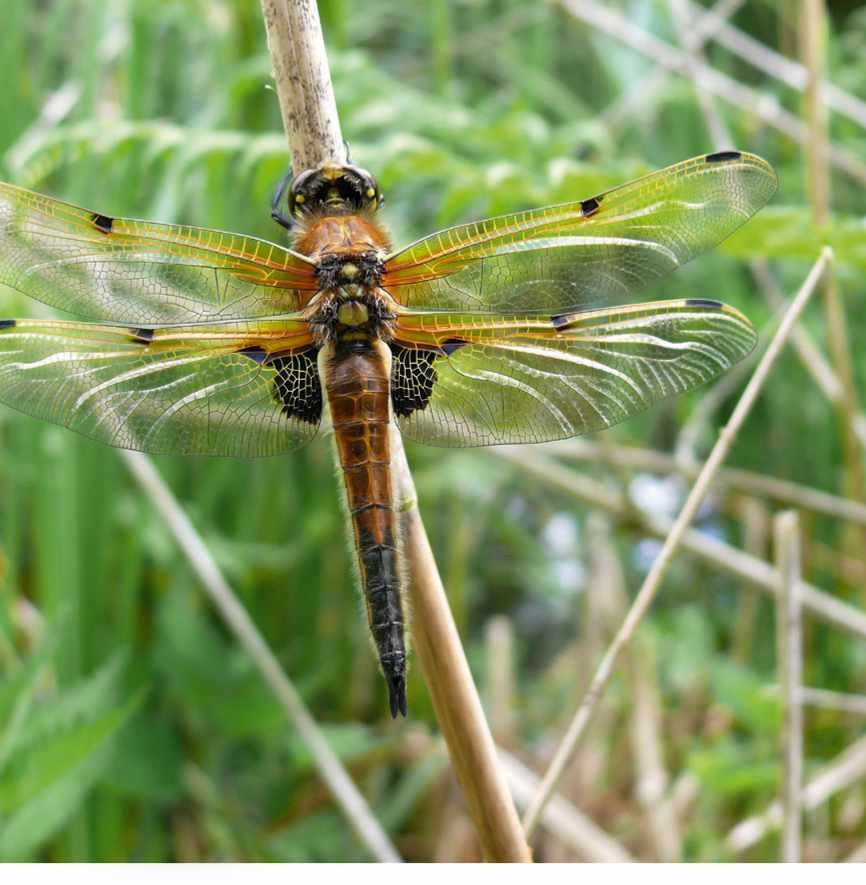
Nominated by Pam Taylor, British Dragonfly Society
“Nestled between Horsforth and the River Aire, Rodley is a dragonfly and damselfly hotspot on the edge of the city. At least 18 species have been recorded here.”
The North: Winter Hill, Greater Manchester
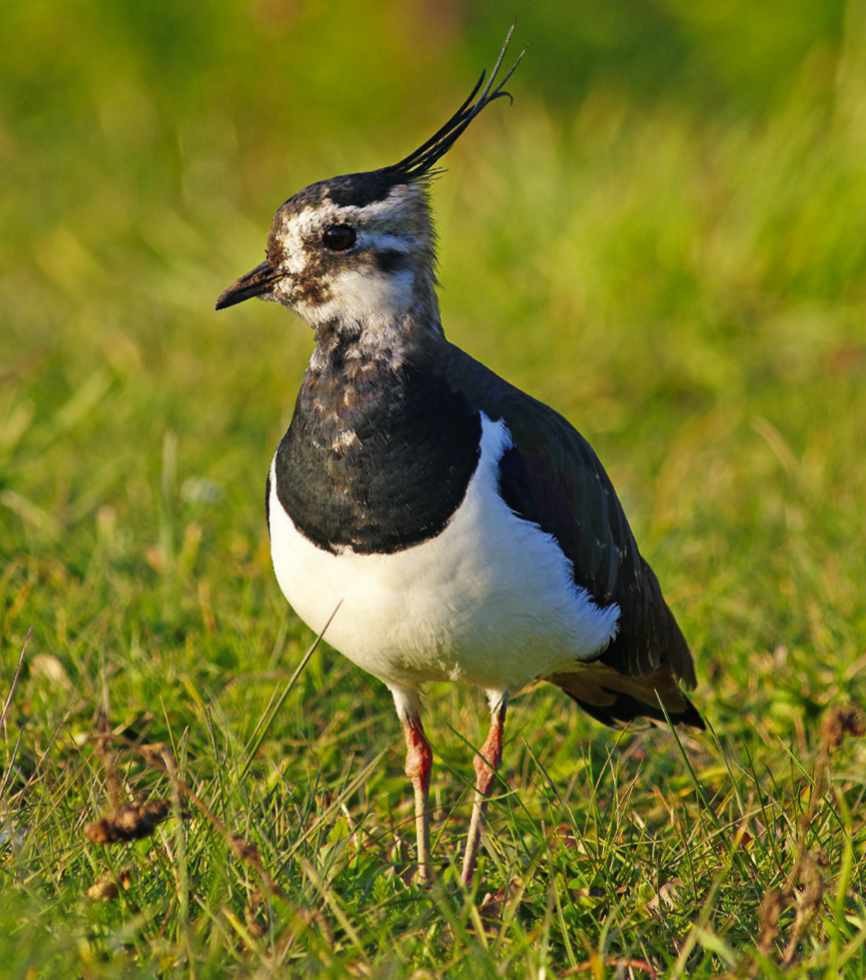
Nominated by Anita Sethi, nature writer
“When I climb to the summit of Winter Hill, I feel like I’m on top of the world. The site, managed by The Wodland Trust, is being restored and revitalised with tree-planting galore. Wildlife to look out for includes cuckoos, deer and common lizards.”
The Midlands: RSPB Middleton Lakes, Staffordshire
Nominated by Lucy Lapwing, naturalist
“Hidden between the urban stretches of Tamworth and Birmingham, this patch of rustling reedbeds and stretching skies has become a place of learning and escape. The hours spent absorbing wild things here are consistently uplifting.”
London: Wimbledon Common, south-west London
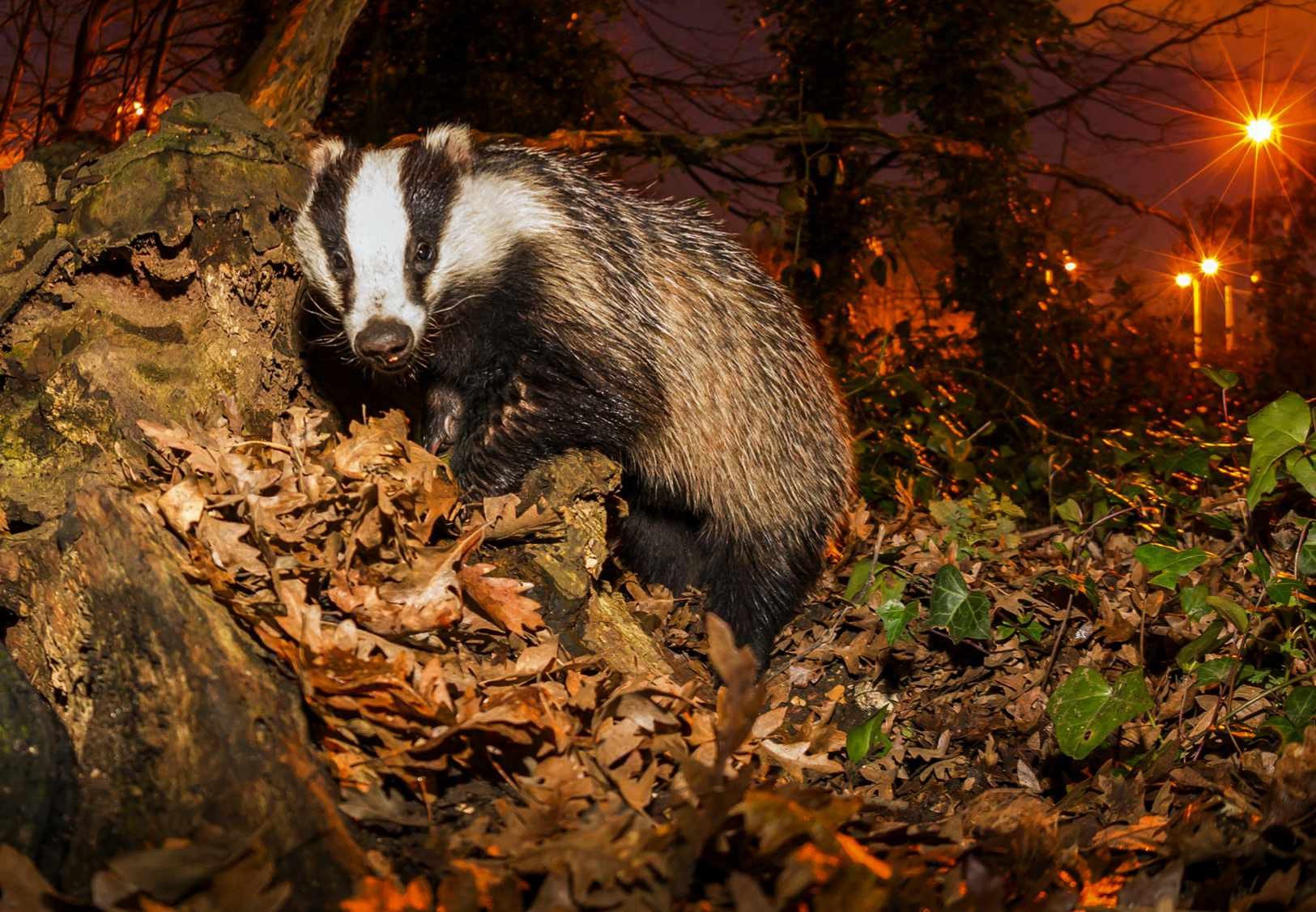
Nominated by Jini Reddy, author and journalist
“Wimbledon Common is a favourite wild place in all seasons and provides a marvellous green lung for Londoners. I particularly love Queensmere Pond.
Shrouded by woods, at noon on a blue-sky day, it’s a tranquil sun-trap with the feel of a far more remote wilderness.”
The South West: The Isles of Scilly, Cornwall
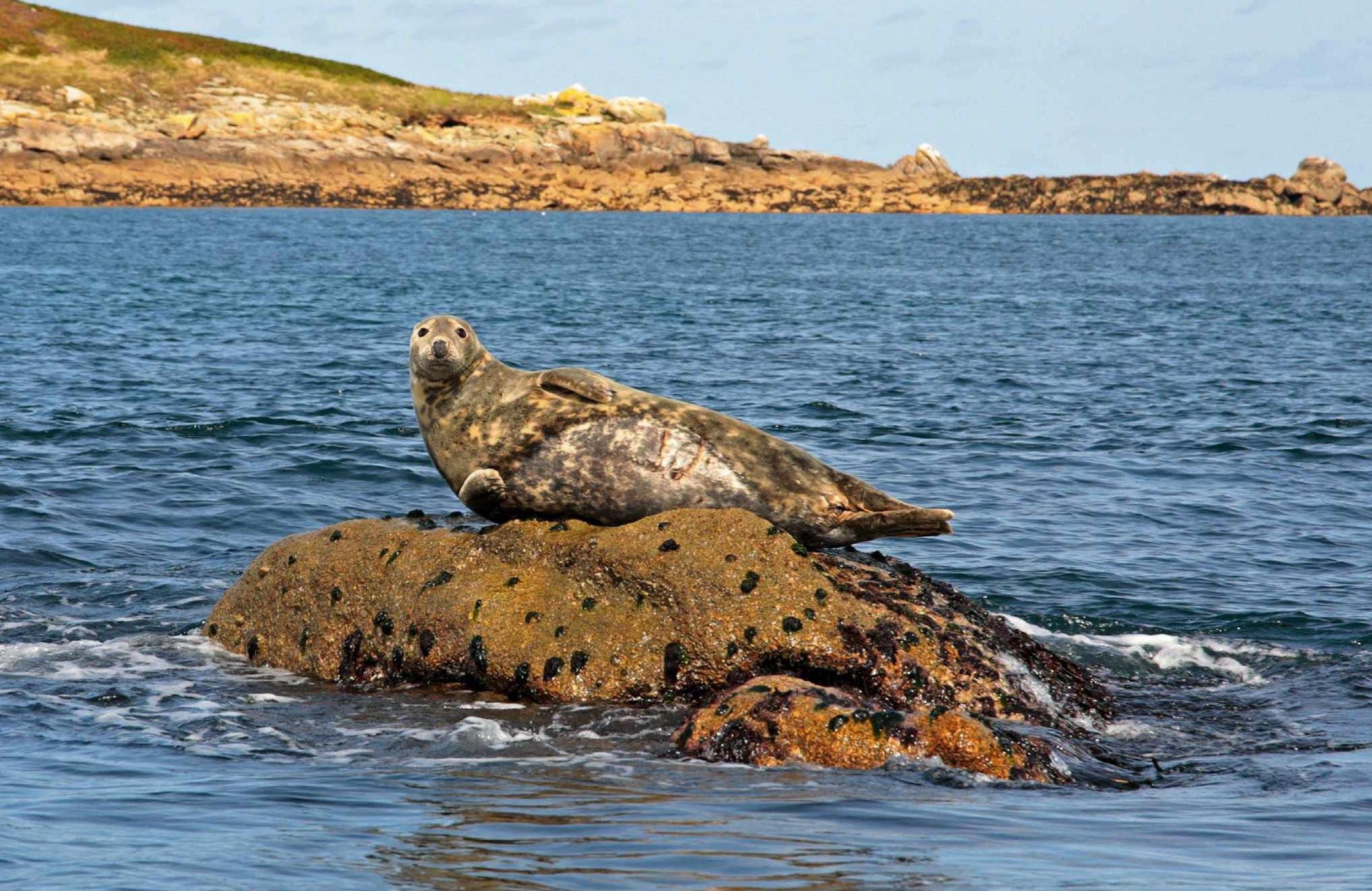
Nominated by Lucy McRobert, author and communications manager at IOS Wildlife Trust
“From windswept winters to sunkissed summer days, life on the Atlantic edge is ever-changing. I’ve been at sea surrounded by shearwaters, skuas and storm petrels, I’ve watched humpbacks on Christmas Eve, and twice a year, I’m treated to an array of migrant birds, from hoopoes to bee-eaters.”
The South East: St Catherine’s Hill Nature Reserve, Hampshire
Nominated by Chris Packham, BBC presenter
“I bounded up these slopes in 1966, looking for rabbits and stoats. In 1986, I chased kestrels for a BBC film; in 1996 I climbed to the top to combat a bout of depression. I trudged to the summit again in 2016 with my poodle, Scratchy, just before he died, and again last year to honour my late father. St Catherine’s Hill has made and saved my life.”
The East: Canvey Wick Nature Reserve, Essex
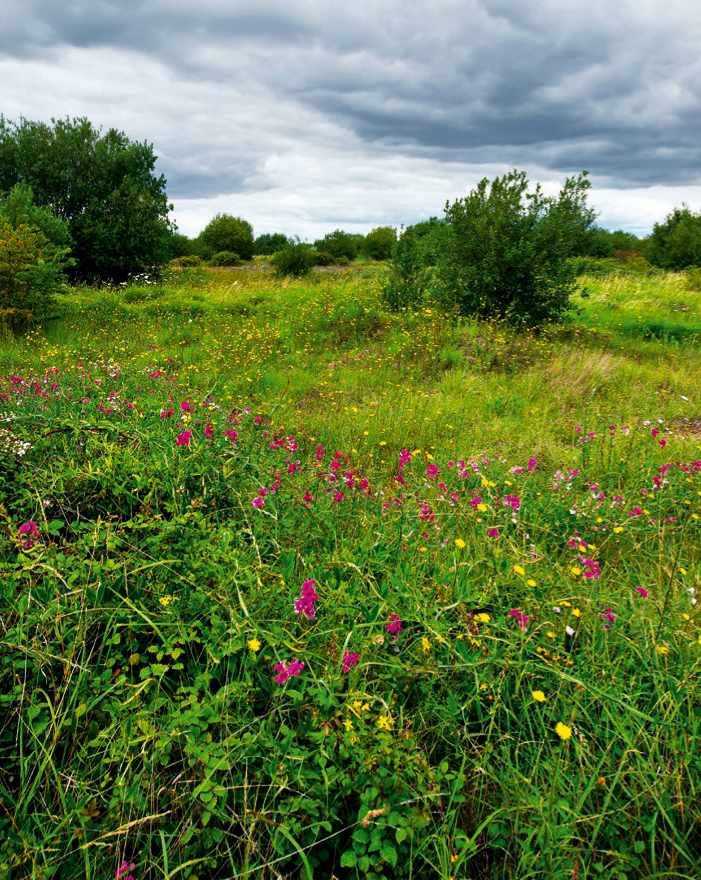
Nominated by Karim Vahed, Buglife
“Sitting in the corner of Canvey Island, Canvey Wick is home to a phenomenal variety of invertebrates. It’s one of the best places in Britain for endangered insects, home to rarities such as the shrill carder bee and scarce emerald damselfly.”
Overall Winner: The nation’s favourite place for wildlife
The Causeway Coast
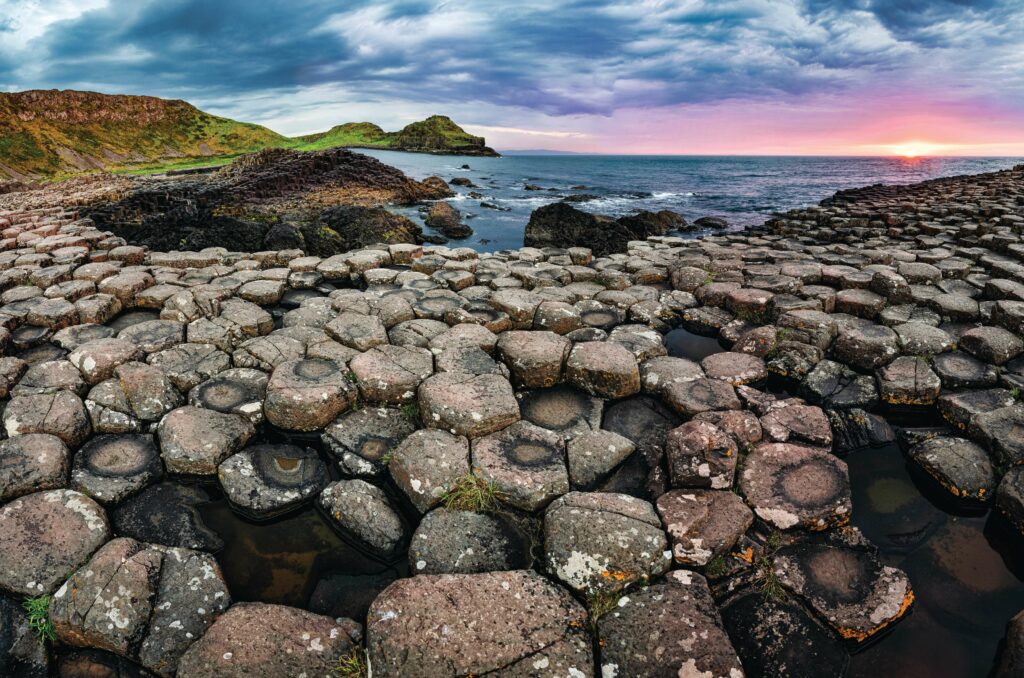
Nominated by Tara Shine
“I’m absolutely delighted that the Causeway Coast has been voted the UK’s favourite place for wildlife. It’s where I grew my passion for the environment into a career, so I have a deep connection to this landscape.
“The Causeway Coast is a place of outstanding natural beauty, with wild dunes, sheer cliffs and, of course, the magnificent rock formations of the Giant’s Causeway. It’s a coastline to meander along by land or by sea, always keeping an eye out for whales, dolphins, seals and basking sharks.
“While studying at Ulster University, I spent some of my most memorable days near, in and under the water here, catching waves off the sandy beach at Portrush, snorkelling with curious grey seals, and scuba-diving off the Skerries and below the dramatic cliffs of Rathlin Island, where I glided over stony reefs with dogfish and among shipwrecks with conger eels. Exploring from the sea gives a special view into the natural world and enthralls every time.
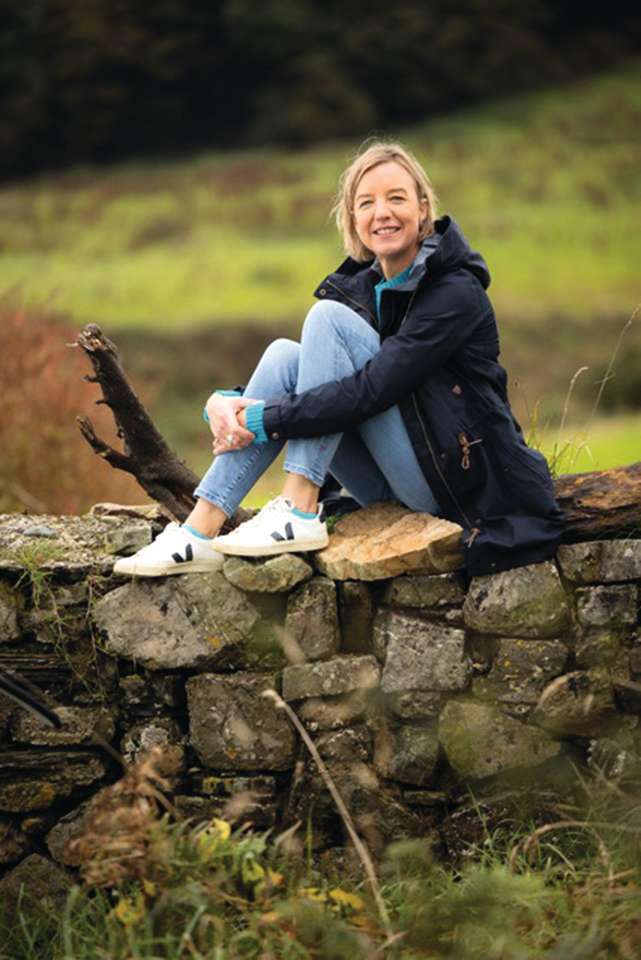
“I hope more people can experience the natural wonders of this little-known gem, and support local efforts to protect and enhance it. You will find peace, an abundance of wildlife and a warm welcome from those people who call it home.” Tara Shine, environmental scientist and science communicator
The Finalists Mapped

See all 60 locations nominated by our experts at discoverwildlife.com/60faves